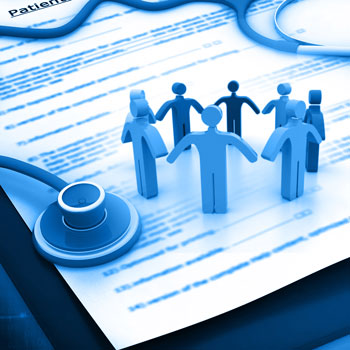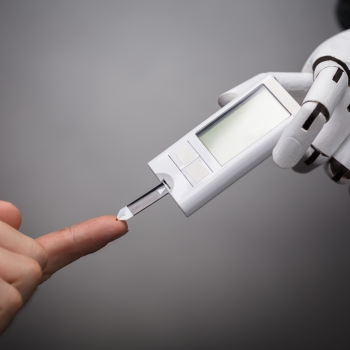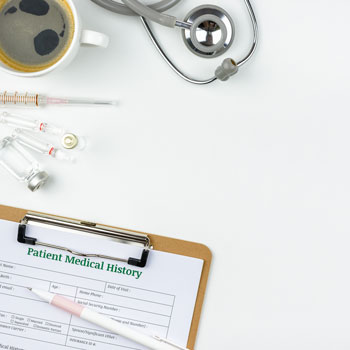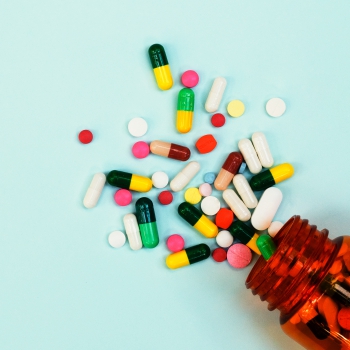Can you imagine a scenario where health emergencies can be predicted well in advance and life-saving procedures and medications expedited? Or a case where early stage clinical trials lead to more promising paths for drug discovery? Research on the concept of digital twins suggests that it has the potential to revolutionize healthcare. Not only do they help in the discovery of new knowledge, but also in new hypothesis generation, testing, and comparisons. The technology will play a critical role in personalized treatments and relevant interventions in the near future.
Enabling personalized treatments: A few use cases
According to Markets and Markets research, it has been predicted that the digital twin market will increase to $36 billion by 2025. And a growing array of healthcare organizations will contribute to this trend. There is a large section of patients with Alzheimer’s, arthritis, depression, and cardiac arrhythmia for whom modern medication is ineffective to a considerable extent. Digital twins can address this challenge and transform healthcare like never. It can streamline preventive care, enable patient-centric care, help improve patients’ diagnosis and treatment, and hospital operational efficiency. Experts predict that a digital twin of genetic profiles will be created for everyone at birth in the future. Consecutively, if one falls ill, the “virtual self” would be treated with multiple drugs to enable an informed decision on the most effective medication.
Interestingly, the concept of digital twins is already being used to enhance the quality of treatment for COPD. Integrating digital twins into the treatment allows doctors to visualize medical responses to a particular condition without administering medication. Let us understand this with the following scenario:
Take, for instance, a person suffering from COPD who is admitted to the hospital. Even before a doctor or nurse attends to him, the data is added to an EHR (Electronic Health Record), generating a digital twin with the historical data available along with the diagnosis reports. Then, the data points from the digital twin are studied and analyzed to conclude effective diagnosis for ongoing treatment. At times, health-centric sensors may be integrated with the digital twin model, which track the health vitals and progression of the disease. As a result, it can detect a pattern that will impact how the medical condition is dealt with.
Interesting examples of advancements in digital models include that of Dassault, the well-known software company which has worked towards a “Living Heart.” It is a software which can turn 2-D scans into a full-dimensional model of a patient’s heart. It assumes the characteristics of cardiac electricity, blood flow, and structure. It helps diagnose undeveloped and undiscovered ailments, experiment with multiple treatments, and prepare well for surgeries. Hence, the guesswork is replaced by computing to a large extent.
Additionally, France-based startup Sim&Cure has developed a digital twin to assist brain surgeons with simulations that help treat aneurysms. Aneurysms are bulges in the blood vessels that can cause clots and strokes and at times prove fatal too. The virtual model has replaced invasive surgery with catheter-guided implants and significantly reduced follow-up surgery requirements.
Facilitating more effective clinical trials
While personalized care seems achievable, testing new drugs is still an expensive and slow process. A phase three trial alone may require up to 3000 volunteers and approximately only 30% of the drugs move to the next phase. The causes of these last phase failures include poor understanding of the disease, insufficient sample size, and the patient population not being well defined in the previous phases. More so, not all experimental drugs work as safely as intended. This dissuades patients from signing up for clinical trials. Digital twins have the potential to transform clinical trials. They can simulate a wider variety of patient characteristics, thereby providing a complete view of the drug’s impact on a larger population.
Additionally, they provide visibility into patient availability and can predict patient response to the trial drugs. Most importantly, reducing the number of enrolled patients for testing minimizes the hazards of early-stage testing. Finally, it has been seen that the use of digital twins in clinical trials expedites trial timelines and elevates decision making, which eventually leads to more successful trials.
In medical device development
There are two realms of digital twins which converge. While we have discussed the digital twins of the patient, it can be correlated with the digital twin of the medical device. It is a virtual replica of the device that captures the algorithms embedded into it, its physical properties, and its environment. Sensors embedded in the digital twin of the device can be used to gather information about the configuration and maintenance history of the device. Digital twins for patients can be used along with this model in the case of populations who cannot be clinically investigated, say in the case of rare diseases or pediatric patients. Hundreds of simulations can be run on the digital twin and varying patient conditions to optimize a device’s performance, enabling closed-loop patient management. Digital twin technology also finds use in medical device manufacturing. Often medical device manufacturers are challenged with delivering breakthrough innovations at a fast pace and at low prices. Moreover, there is no one-size-fits-all solution strategy. Instead, it is a process of incorporating concepts that eventually lead to an effective and efficient product. The digital twin helps right from product design, production planning to performance monitoring. Effective lifecycle management of a medical device is also enabled by a digital twin where historical data of the device’s operation is combined with ML algorithms to investigate patterns that lead to failure. This analysis facilitates predictive monitoring without compromising patient safety.
The future
While the adoption of digital twins in healthcare is still in its nascent stages, the concept is fast evolving. Healthcare companies and medical device manufacturers are increasingly trying to collect more data and incorporating them into the personalized and value-based patient care models. As we recover from the pandemic, digital twins, both from a macro and micro perspective, are poised to play an increasingly important role in healthcare. The day is not far when we would have charted a successful path towards precision care.
Contributor

Sohini Deb
Lead Content Writer, Marketing
Case Studies
Get in touch with us for feasibility studies, joint workshops, pilots and ideation sessions.
Consultation Form”]






